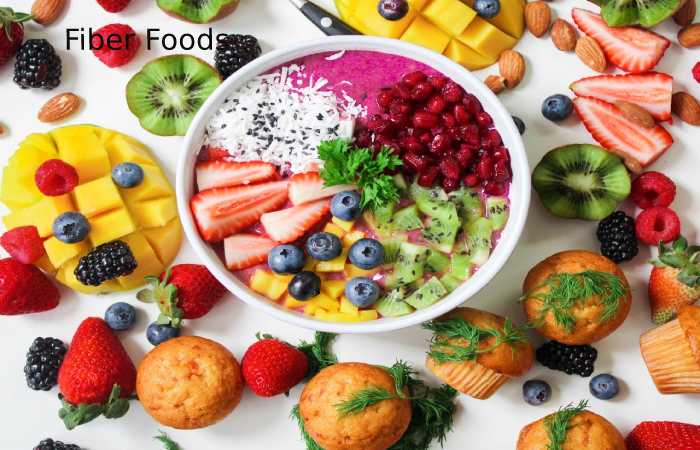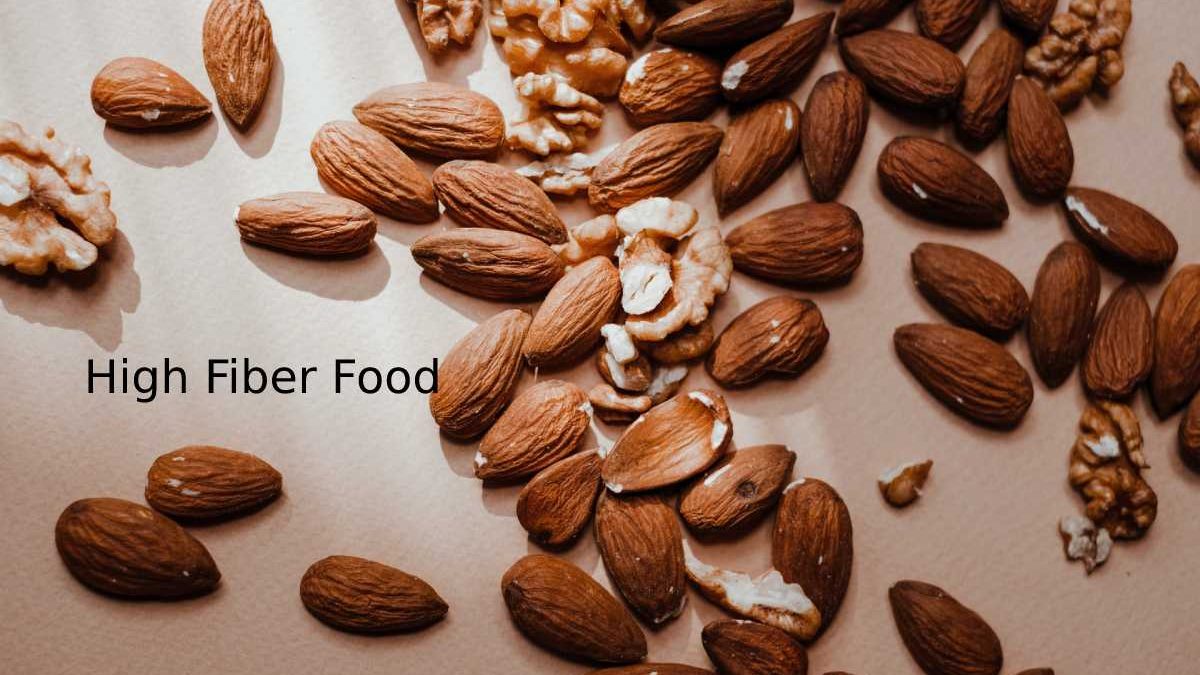High Fiber Food is a substance found in, the kind you eat, which is located in fruits, vegetables, and grains. Your body can’t digest fiber, so it passes through your intestines quickly. However, fiber provides many health benefits.
Table of Contents
Functions
Vegetable fiber adds bulk to your diet. Since it makes you feel full more quickly, it can help you with your efforts to lose weight or maintain a healthy weight. For people with diabetes, fiber plays an essential role in maintaining glycemic control.
High-fiber diets can also help with both constipation and diarrhea. Fiber can also help lower cholesterol.
What to Expect on Home?
Slow increase the amount of fiber in your diet. If you have swelling or gas, you’ve probably overeaten and need to reduce the amount of fiber you eat for a few days. Drink plenty of fluids. As you grow the wool in your diet, you also need to drink enough fluids
The Recommended Dietary Allowance (RDA)
- Fruit
- Vegetables
- Whole grains
Vegetables, Legumes, and Nuts
- Vegetables are a good cause of fiber. Eat more:
- Lettuce, chard, spinach, and raw carrots
- Cooked tender vegetables, such as asparagus, beets, turnips, mushrooms, and squash
- Baked potatoes (potatoes) and sweet potatoes in the skin
- Broccoli, artichokes, pumpkin.
You can also take more fiber by eating:
Legumes, such as lentils, dried peas, kidney beans, broad beans, and chickpeas
such as sunflower seeds, almonds, black beans, and pecans
Fruit

Fruits are another excellent source of fiber. Eat more:
- Apples and plantains (bananas)
- peaches and pears
- Tangerines, plums, and berries
- Figs and other dried fruits
- kiwis
Grain
Grains are another vital source of dietary fiber. Eat more:
- Hot cereals, such as oatmeal and farina
- brown bread
- Integral rice
- Popcorn
- High-fiber cereals, such as bran and puffed wheat
- whole wheat pasta
- bran muffin
High Fiber Food Chat
Do you want to incorporate more fiber into your diet? Fiber and adequate fluid intake move quickly and relatively easily through the digestive tract and help it function properly. A high-fiber diet help lower your risk of developing obesity, heart disease, and diabetes.
Here’s a summary of how much dietary fiber is in some common foods. When buying packaged foods, read the Nutrition Facts label for fiber content. It may vary from brand to brand
Fruit |
Portion size |
Total fiber (grams)* |
| raspberries | 1 cup | 8.0 |
| Money | 1 medium | 5.5 |
| apple, with peel | 1 medium | 4.5 |
| Banana | 1 medium | 3.0 |
| Orange | One medium | 3.0 |
Fiber Benefits
The Benefits of Fiber in General for Health Care:
Combat Constipation – since they accelerate intestinal transit and increase the volume of feces, favoring, together with sufficient water intake, the exit of feces;
Increase the feeling of satiety – because by not being digested, they create a kind of gel in the stomach, helping to reduce the calories that are ingested and favoring weight loss;
Help regulate blood sugar levels – since the absorption of carbohydrates at the intestinal level is slower, causing glucose to increase progressively and, in turn, insulin to regulate its concentration in the blood.
Decrease cholesterol and triglyceride levels – because they reduce the absorption of fats and cholesterol at the intestinal level, causing their concentration in the body to decrease in the long term;
Eliminate toxins found in the intestine through feces and control and regulate the pH in the intestines.
Maintain the health and the gastrointestinal system, as they serve as food for the beneficial bacteria naturally present in the intestine. The health of the intestinal microbiota decreases inflammation, increases the body’s defenses, and prevents the onset of intestinal diseases.
Fiber Food Benefits
As we have indicated in the first lines, fiber helps prevent diseases such as hypertension or constipation. Still, it also has other benefits: fiber helps reduce total cholesterol levels in the blood by lowering lipoprotein levels of low density, which we commonly know as “bad cholesterol.” It is also suitable for maintaining good heart health as it helps reduce blood pressure and inflammation. Plus, it helps control blood sugar levels, and it’s good to know that in people with diabetes, fiber, especially soluble fiber, can slow the absorption of sugar and help improve blood sugar levels. A healthy diet with insoluble fiber can also reduce the risk of developing type 2 diabetes.
The Recommended Amount of Fiber to take per day
At this point, after knowing what it is and what is good about it, you may be wondering what the recommended daily dose of fiber is. Nutritionists recommend consuming about 25 grams of fiber a day, but we Spaniards do not get enough fiber in our diet. The average daily intake in our country is between 17 and 21 grams, a few points below
They are primarily vegetables that contain it. Fiber is a part of these foods that the body cannot digest. Unlike other food components such as carbohydrates, proteins, or fats captivated by the body, Fiber Passes practically intact through the stomach, small intestine, and colon until it expels from the body. For this reason, it is so favorable for the so-called intestinal transit, and the majority of the population is interested in knowing the best foods with fiber for constipation.
There are two types of fiber: soluble and insoluble
Soluble fiber: is the fiber that dissolves in water to form a gelatinous material. It is perfect for lowering blood glucose and cholesterol levels. Foods with a high level of soluble fiber are, for example, carrots, citrus fruits, apples, beans, peas, oats, and barley.
Conclusion
this type of fiber favors material movement through the digestive system, being very suitable for dealing with irregular evacuation or constipation problems. Among the foods with many insoluble fibers include potatoes, cauliflower, nuts, wheat bran, and whole wheat flour.

